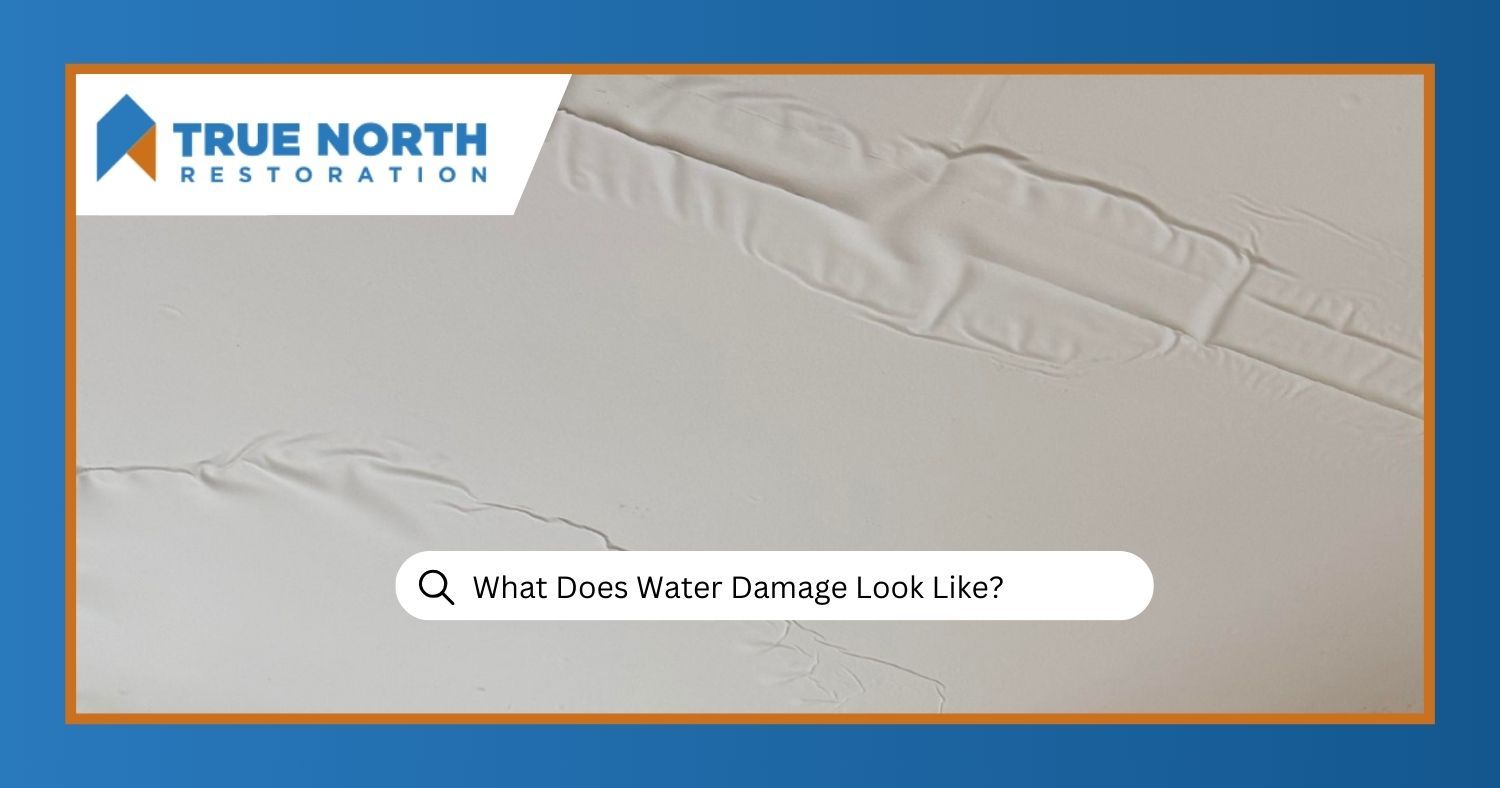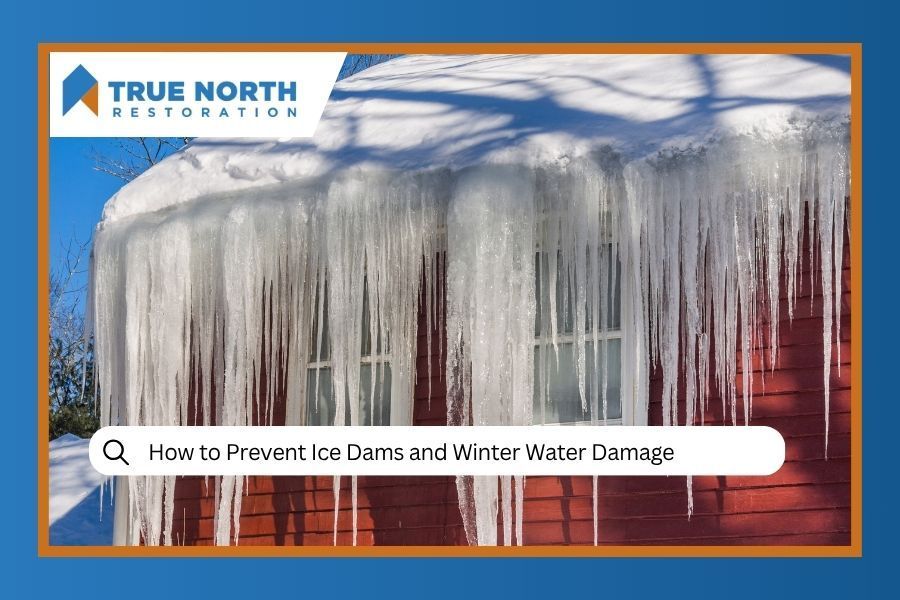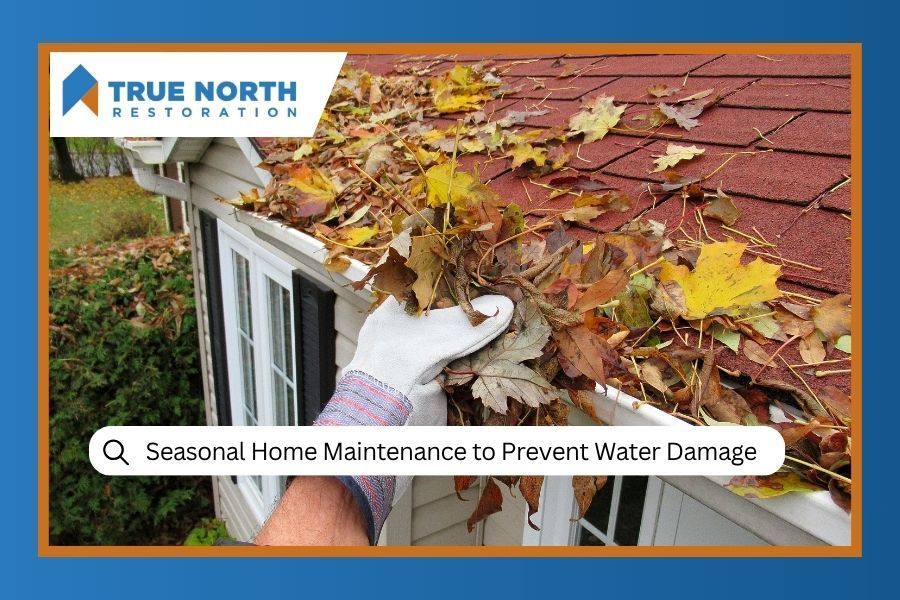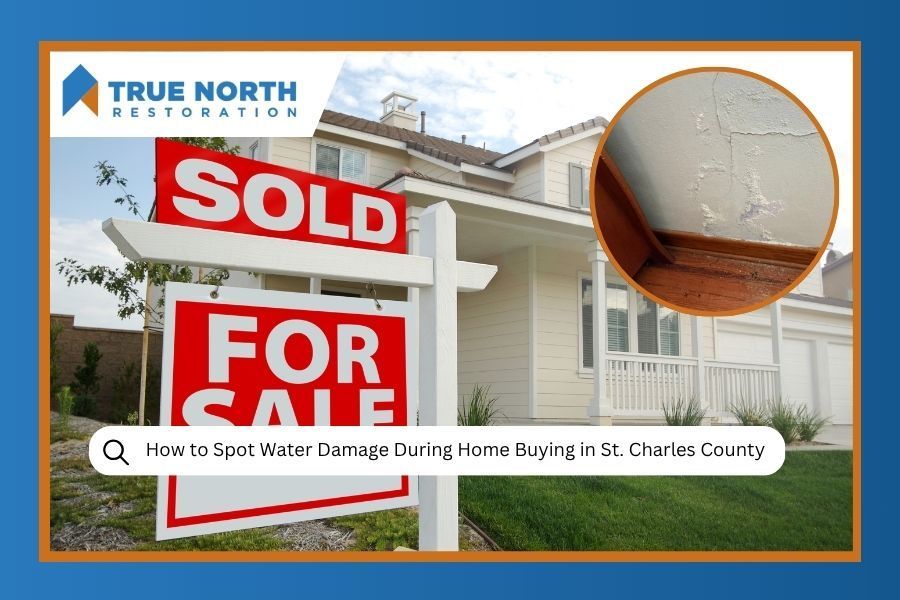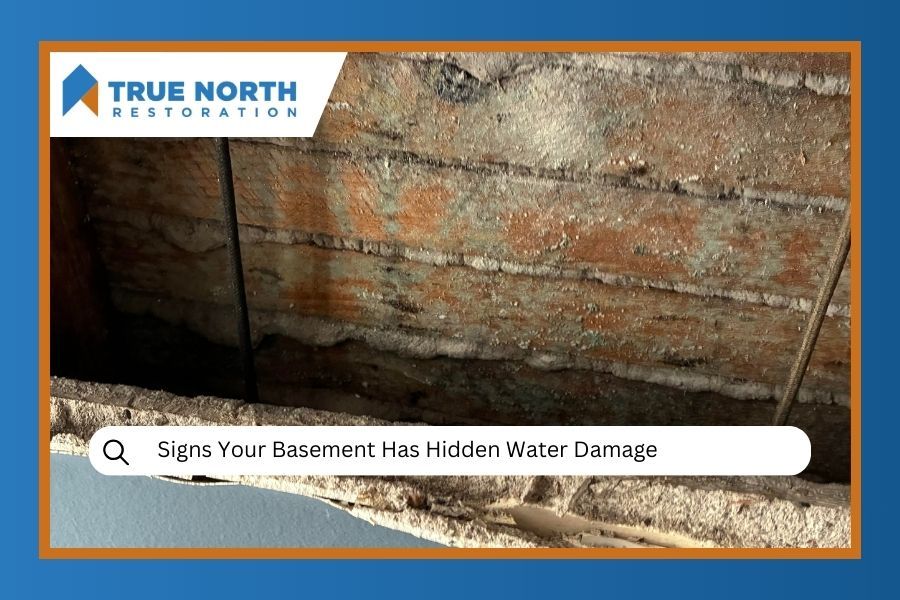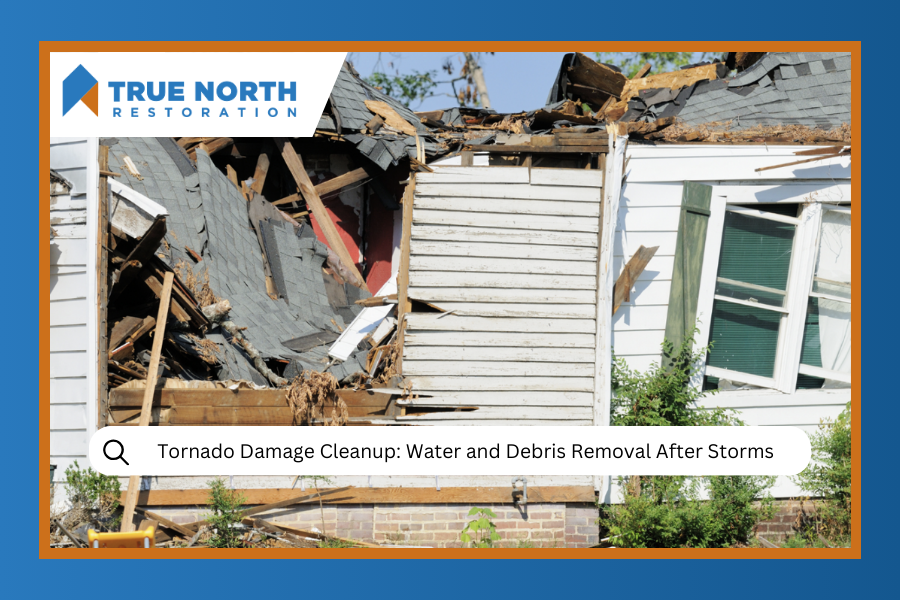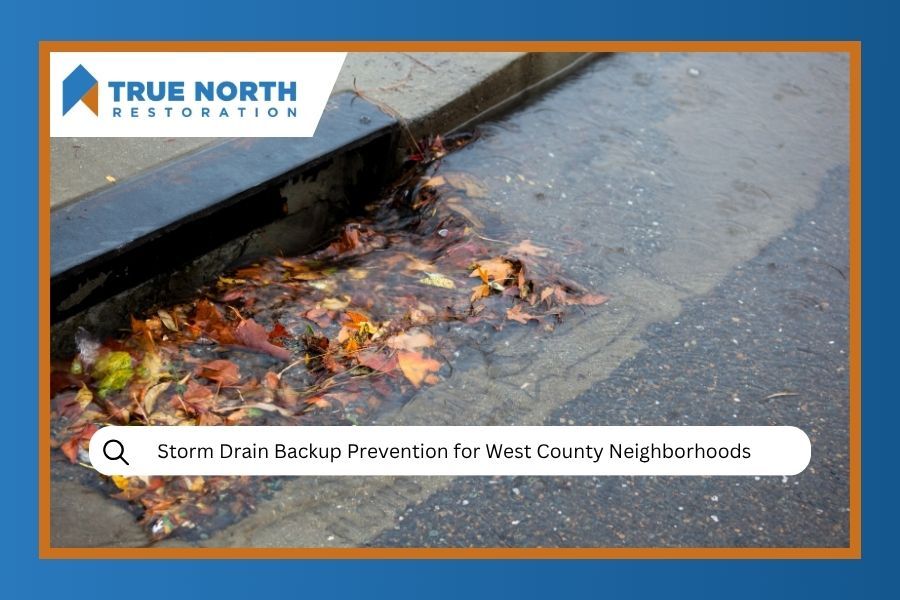Water damage can sneak up on any homeowner or business owner. You might notice a small stain one day and discover a serious issue underneath the surface later. So, what does water damage look like? Knowing the early and late signs can help protect your home or business from bigger problems, including mold growth and costly and extensive water damage restoration.
Table of Contents
- What Does Water Damage Look Like? Most Common Signs
- Where is Water Damage Commonly Hiding?
- How Do I Know if Water Damage Is Hiding Behind My Walls?
- What Can Water Damage on a Ceiling or Wall Indicate?
- How Long Does Water Damage Take to Show?
- How to Tell If Water Damage Is New or Old
- What To Do If You Discover Water Damage
- Need Help with Water Damage? Call Us Today!
- Water Damage FAQs
What Does Water Damage Look Like? Most Common Signs
There are several ways water damage can appear, depending on the source and how long it has been there. As even a small amount of water can cause a lot of damage over time, it’s important to spot the signs early.
Here’s how you can recognize that water is hiding in your Chesterfield home:
- Water stains that are brown, yellow, or copper-colored
- Peeling paint or wallpaper
- Warping of ceilings and floors
- Soft or spongy spots on walls and ceilings
- Musty smells that are often a sign of mold growth
- Visible mold, especially in dark or damp places
- A sudden increase in your water bill from hidden water leaks
Where is Water Damage Commonly Hiding?
Water damage isn’t always easy to spot. If you notice a musty odor or hear dripping sounds, those could be clues that damage is hidden.
Leaks often hide in areas you don’t check every day, such as:
- Behind cabinets in kitchens and bathrooms
- Under floors, especially hardwood or laminate
- Inside wall cavities
- Around appliances like washing machines and water heaters
- Behind the ceiling near the attic
- Inside insulation
How Do I Know if Water Damage Is Hiding Behind My Walls?
Walls can hide a lot of water damage, especially if the issue is behind drywall. Water can seep into your walls from burst pipes, a leaking roof, or something as simple as a washing machine overflow.
If you notice any of these signs, it’s likely that moisture is trapped behind the surface:
- Bubbling or cracking in the paint
- Discoloration or stains
- Wet or soft drywall
- A musty odor coming from the walls
- Mold appearing along the baseboards
What Can Water Damage on a Ceiling or Wall Indicate?
When you see water damage on a ceiling or wall, it usually means there are sources of water damage above or behind that area. Besides stains and peeling paint, water damage in these areas can threaten the structural integrity of your home or business.
These are the common culprits when it comes to wall or ceiling water damage:
- Leaking pipes in the ceiling or walls
- Roof leaks
- Overflowing bathtubs or sinks from an upper floor
- Faulty appliances, like a washing machine or water heater
How Long Does Water Damage Take to Show?
The answer depends on the source of water and where it is coming from. Sometimes, signs like stains or warping can appear within a few hours. In other cases, like a slow water leak, it can take days or even weeks to become noticeable. Mold from water damage usually begins growing within 24 to 48 hours.
What To Do If You Discover Water Damage
If you discover water damage in your home or business, quick action and these steps can save you the stress and worry, and reduce the water damage restoration cost:
- Find the water source and stop it from pouring in more water.
- Move your valuable items and other items away from the area to prevent more damage.
- Contact a professional water damage restoration company.
- Avoid trying to dry the area on your own unless you have proper equipment.
- Let professionals assess the damage, remove moisture, and treat mold growth.
Need Help with Water Damage? Call Us Today!
If you’ve spotted any signs of water damage in your home or business, like peeling paint, musty smells, or water stains, don’t wait for it to get worse. Call the experts at True North Restoration of Greater St. Louis West at (314) 557-3990, or fill out this online form for an estimate. We’ll inspect the damage, find the source of water, and help restore your property quickly and safely!
Water Damage FAQs
What does mold from water damage look like?
It often appears as black, green, or white patches on walls, ceilings, or floors. Mold can also have a fuzzy texture and is usually found in damp, dark areas.
What does the start of water damage look like?
Early signs include small stains, a slight musty smell, or peeling paint. The surface may still feel firm, but moisture is trapped inside.
How to tell if water damage is new or old?
New damage will feel damp and look bright, while older damage is often darker, dry, and sometimes flaky or cracked. Mold growth is also a sign of old water damage.



